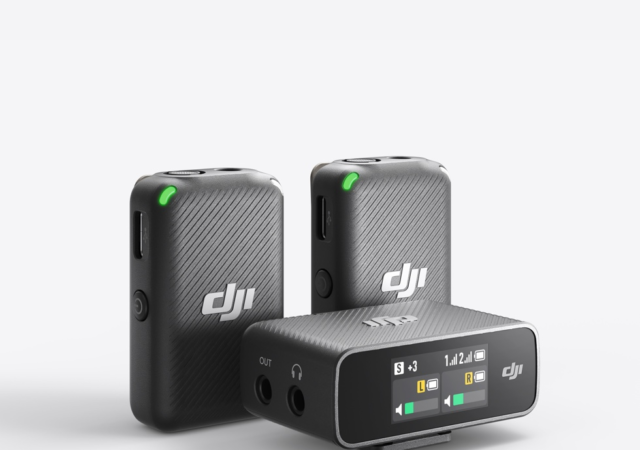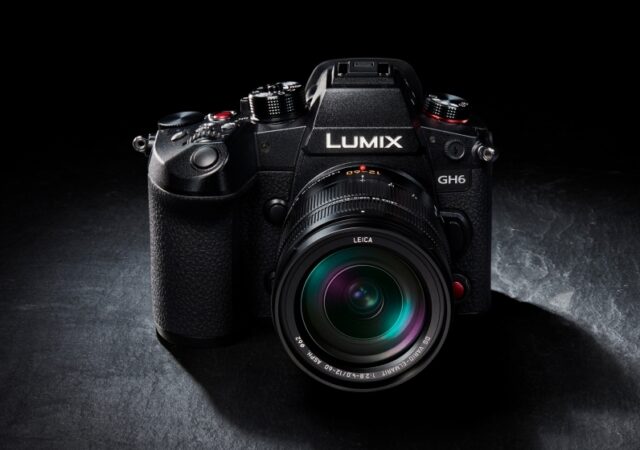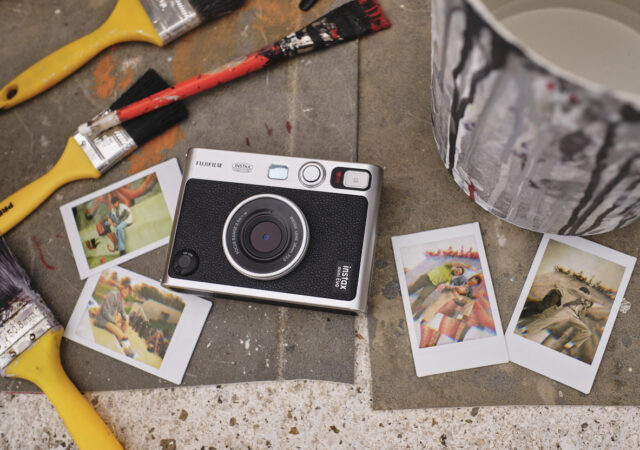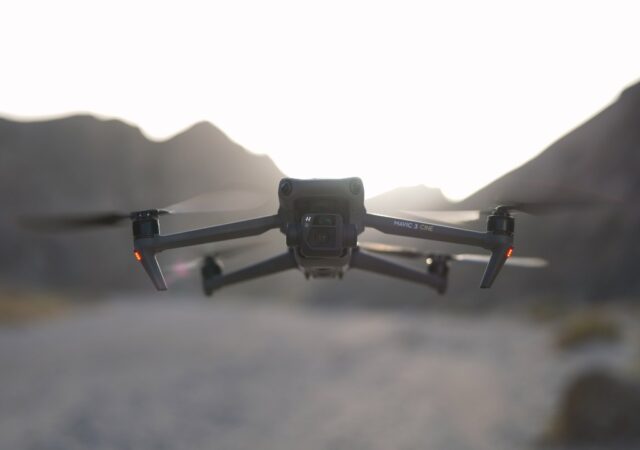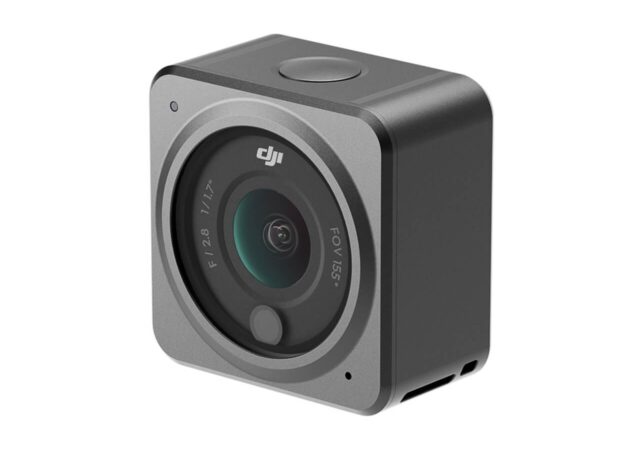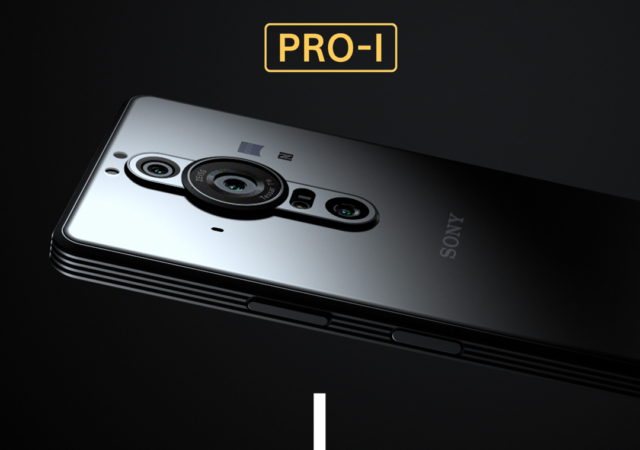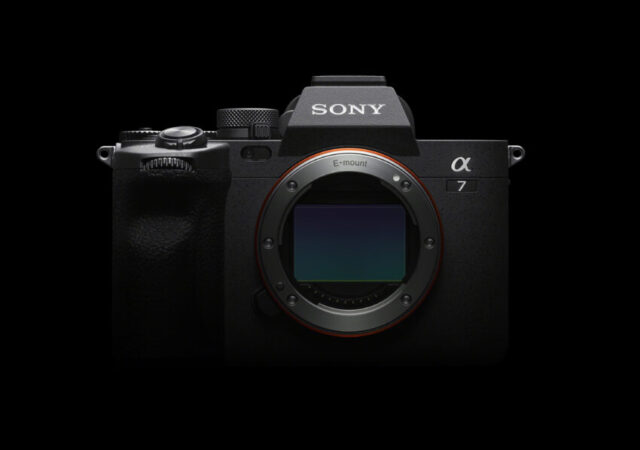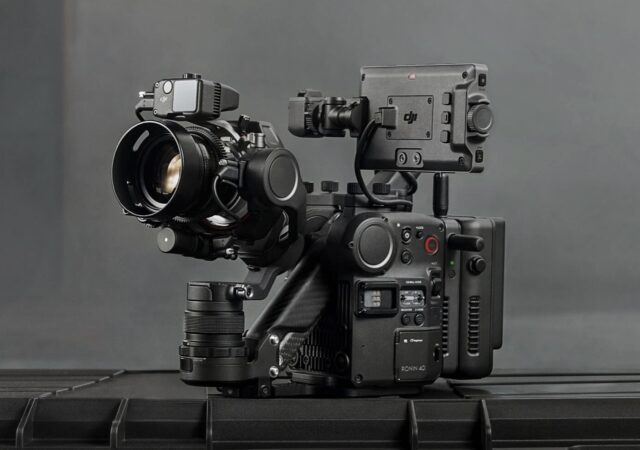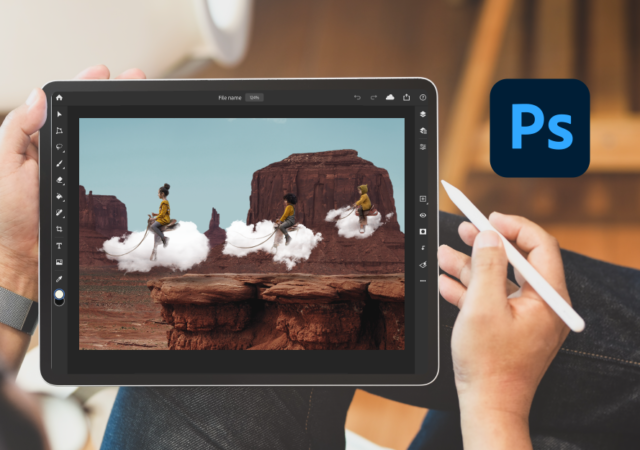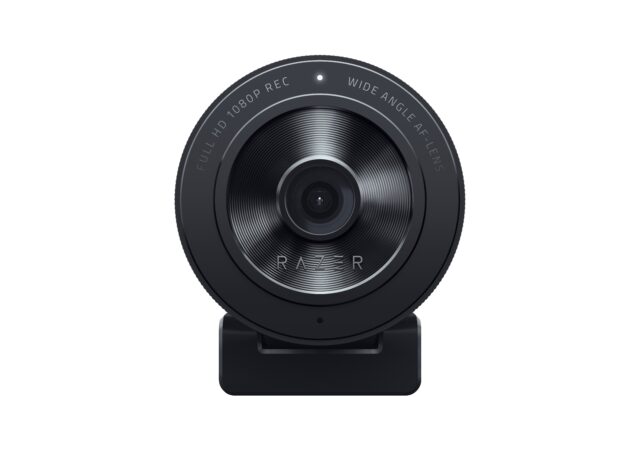DJI makes the MIC, an audio recording solution that charges two wireless mic in a box, kind of like your TWS earphones. Sets you back US% 329.
Panasonic Launches the new Lumix GH6 with 25-Megapixel Micro Four Thirds Sensor and 5.7K ProRes V-Log Video Recording
Panasonic releases the new Lumix GH6 with the highest resolution ever on a micro four thirds sensor at 25MP and 5.7K video capability.
Instax at the Next Level with the Fujifilm instax mini Evo
Fujifilm announces the instax mini Evo, a little instant film camera that also acts as your smartphone’s film printer for MYR 928.
The DJI Revolution is Here in the Form of the Mavic 3 with Prices from MYR 9,799
DJI released the new Mavic 3 and Mavic 3 Cine edition with 5.1k 50fps and 4K 120fps video recording with 4/3 CMOS Hasselblad sensor.
The DJI Action 2 Takes Things at the Next Level
DJI announces the Action 2 action camera as the successor to the DJI Osmo Action. The new camera records at 4K 120fps with Rockstead 2.0.
Sony Launches the Sony Xperia PRO-I – Camera Smartphone Redefined
Sony launches their new flagship device, the Xperia PRO-I features a Type-1.0 sensor found in the RX 100 VII conquers the camera smartphone
Sony’s ALPHA 7 IV (α7 IV) Redefines the ‘Basic’ Necessities of a Full-Frame Mirrorless Camera
Sony launches their new Alpha 7 IV mirrorless full-frame camera that redefines what a ‘basic’ mirrorless camera should entail.
The DJI Ronin 4D Launches and is a Filmmaker’s Wet Dream on Gimbals
DJI launched the Ronin 4D, a full-frame Zenmuse X9 cinema camera that is mounted on a 4-axis gimbal for the ultimate cinema camera.
Adobe Teases the Camera Raw on the Apple iPad’s Photoshop App
Adobe is adding Camera Raw capabilities to the Adobe Photoshop for Apple’s iPad for RAW photo editing capabilities on the go.
Razer Unveils the Kiyo X Webcam and Ripsaw X Capture Card – Streaming Does Not Have to be Expensive
Razer launches the Kiyo X and Ripsaw X for the budget concious gamer who is just starting out in the streaming industry.



